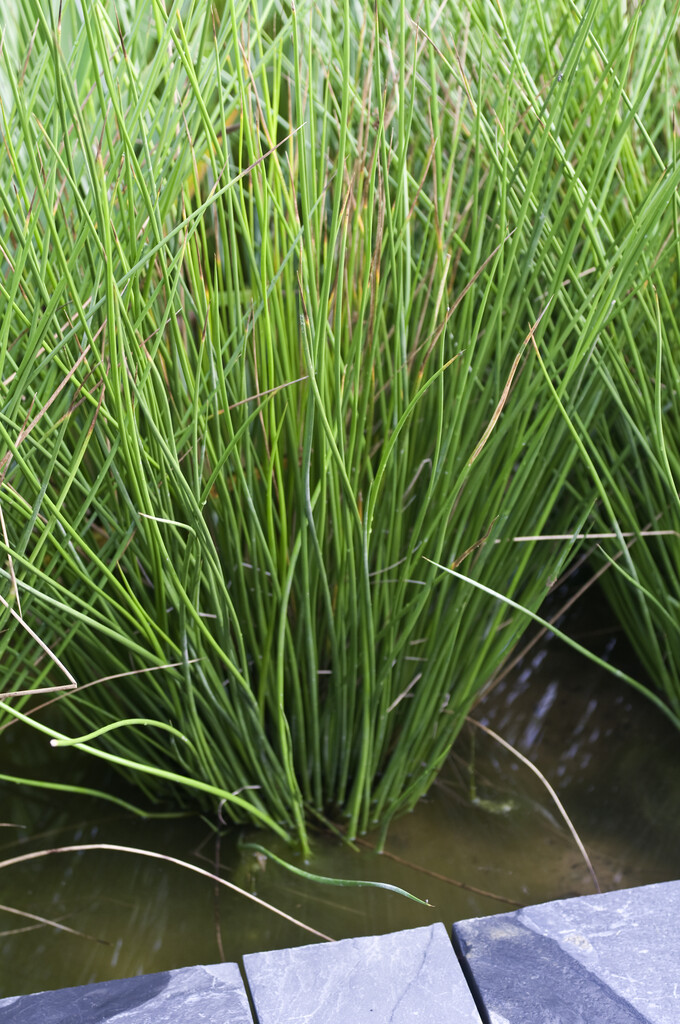Juncus inflexus
hard rush
Densely tufted, leafless perennial to 60cm tall, with matt, blue-green cylindrical stems and brown flowers produced in small, loose flowerheads on the ends of the stems from late spring to midsummer

Buy this plant
Size
Ultimate height
0.5–1 metresTime to ultimate height
2–5 yearsUltimate spread
0.5–1 metresGrowing conditions
Moisture
Moist but well–drained, Poorly–drained, Well–drainedpH
Acid, Alkaline, NeutralColour & scent
| Stem | Flower | Foliage | Fruit | |
| Spring | Blue Green | Brown | ||
|---|---|---|---|---|
| Summer | Blue Green | Brown | ||
| Autumn | Blue Green | |||
| Winter | Blue Green |
Position
- Full sun
- Partial shade
Aspect
South–facing or West–facing or East–facing
Exposure
Exposed or Sheltered Hardiness
H7Botanical details
- Family
- Juncaceae
- Native to GB / Ireland
- Yes
- Foliage
- Evergreen
- Habit
- Clump forming
- Genus
Juncus can be annuals, deciduous or evergreen perennials, forming clumps of narrow, often cylindrical leaves, with clusters of small brown flowers borne on leaf-like stems in summer
- Name status
Correct
- Plant range
- Eurasia
How to grow
Cultivation
Grow in permanently moist, acid soil in sun or part shade, in boggy soil or in up to 8cm of water. Also thrives in heavy alkaline soils
Propagation
Propagate by seed in spring or by division from mid-spring to early summer
Suggested planting locations and garden types
- City and courtyard gardens
- Cottage and informal garden
- Patio and container plants
- Flower borders and beds
Pruning
No pruning required, tidy after flowering if necessary
Pests
Generally pest-free
Diseases
Generally disease-free
Get involved
The Royal Horticultural Society is the UK’s leading gardening charity. We aim to enrich everyone’s life through plants, and make the UK a greener and more beautiful place.